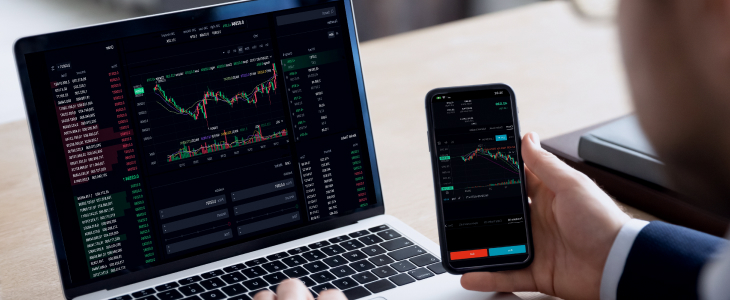
Mastering Forex Trading: Strategies, Tips, and Resources for Success
Forex trading, or foreign exchange trading, stands as one of the largest and most liquid financial markets in the world. With a daily trading volume exceeding $6 trillion, it offers various opportunities for traders to profit. Whether you’re a novice or an experienced trader, understanding the intricacies of Forex is crucial. In this article, we will explore essential strategies, tips, and resources to optimize your Forex trading experience. For comprehensive trading tools and insights, consider visiting forex trading website https://kuwait-tradingplatform.com/.
What is Forex Trading?
Forex trading involves exchanging one currency for another with the aims of making a profit from fluctuations in their exchange rates. Unlike stock markets, the Forex market operates 24 hours a day, five days a week, and is accessible to traders globally. The market has no physical location; it is conducted electronically over-the-counter (OTC). Understanding currency pairs, market participants, and factors influencing currency movements are foundational to successful trading.
Currency Pairs: The Building Blocks of Forex
In Forex trading, currencies are traded in pairs. The first currency listed is the ‘base currency,’ while the second is the ‘quote currency.’ For example, in the pair EUR/USD, the Euro is the base currency, and the US Dollar is the quote currency. Traders speculate on whether the base currency will strengthen or weaken against the quote currency. Major currency pairs include USD/EUR, USD/JPY, and GBP/USD, while minor pairs involve other currencies like AUD, CAD, and NZD.
Understanding Leverage and Margin
Leverage in Forex allows traders to control larger positions with a smaller amount of capital. For instance, a leverage ratio of 100:1 means that for every dollar in your account, you can control $100 in the market. While leverage can amplify profits, it also increases the risk of significant losses. Therefore, understanding margin requirements and managing leverage carefully is essential for prudent trading.
Key Strategies for Successful Forex Trading

1. **Technical Analysis:** Technical analysis involves analyzing historical price data through charts and indicators to predict future price movements. Tools like moving averages, support and resistance levels, and Fibonacci retracements can help traders identify entry and exit points.
2. **Fundamental Analysis:** This method considers economic indicators, geopolitical events, and news releases that influence currency values. Understanding economic calendars and staying updated with financial news can enhance a trader’s ability to make informed decisions.
3. **Risk Management:** Effective risk management is paramount in Forex trading. Setting stop-loss orders, determining position sizes based on your capital, and not risking more than 1-2% of your trading capital on a single trade are vital practices to protect your account.
4. **Scalping:** Scalping involves making numerous trades within a day to capture small price movements. This strategy requires a strict exit plan and swift decision-making, making it suitable for experienced traders.
5. **Swing Trading:** This strategy involves holding trades for several days to capitalize on short- to medium-term price trends. Swing traders utilize both technical and fundamental analyses to make their trading decisions.

Tools and Resources for Traders
Numerous tools and resources can assist Forex traders in making informed choices:
- Trading Platforms: Platforms like MetaTrader 4 and MetaTrader 5 offer comprehensive charting tools, indicators, and automated trading capabilities.
- Forex Signals: Many services provide trade signals based on analysis, which can guide traders in making entry and exit decisions.
- Economic Calendars: Keeping track of economic events is crucial. Economic calendars highlight significant data releases that may impact currency pairs.
- Community and Forums: Joining trading communities and forums can provide valuable insights and support from other traders.
The Importance of a Trading Plan
A well-structured trading plan is essential for success in Forex trading. This plan should outline your trading goals, risk tolerance, and strategies tailored to your trading style. A trading plan serves as a guideline to help you remain disciplined and impartial during the emotional nature of trading.
Continuous Learning and Improvement
The Forex market is dynamic and constantly evolving. As a trader, committing to continuous learning is vital. Utilize online courses, webinars, and trading books to expand your knowledge and adapt to changing market conditions. Many successful traders frequently assess their past trades to learn from mistakes and refine their strategies.
Conclusion
Forex trading presents significant opportunities as well as inherent risks. By understanding the market, implementing effective strategies, managing risk, and continuously learning, traders can improve their chances of success. Tools and resources are abundant; leveraging them wisely can pave the way for achieving trading goals. Remember, patience and discipline are key components in navigating the Forex market effectively.
For traders seeking a robust trading platform and educational resources, be sure to explore https://kuwait-tradingplatform.com/ for further insights and tools designed to enhance your trading journey.
